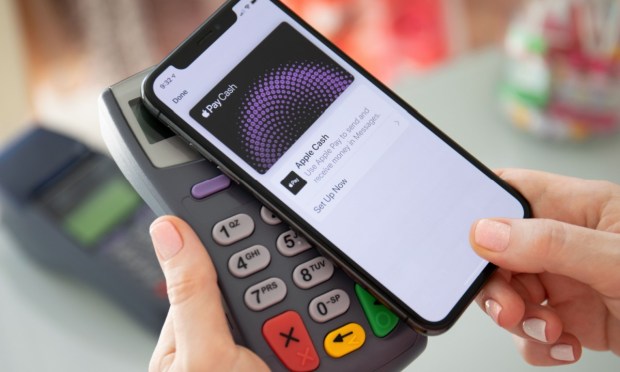
For Apple — and as been seen already with Block (formerly Square) — the drive is to get consumers to spend the cash, rather than just bank it.
Apple, of course, has been forging an ecosystem that includes financial services, where Apple Cash serves as a linchpin. The cash card is built into Apple devices, is housed in the online wallet and acts as both a peer-to-peer (P2P) money service and as a way to shop online and in brick-and-mortar locations.
The card was originally designed to work wherever Apple Pay was accepted, and holders of the Apple Card have been able to save their “daily cash” in a savings account (indications last year were that users had deposited $10 billion), and to use Apple Cash to move money between those accounts.
Now the ecosystem is broadening a bit. As reported this week, Apple Cash cards now have virtual card numbers, enabling users to securely spend their Apple Cash at merchants that don’t accept Apple Pay.
In looking at the company’s latest annual filings, there are no details about the uptake of the cards or the use of Apple Cash. Much of the information has been qualitative — as management has highlighted double digit growth in transacting accounts. Apple Cash, originally Apple Pay Cash, debuted in 2017.
Through the past several years, and as discussed in a recent column by Karen Webster (illuminating her own use of Apple Pay), the digital wallets and digital cards have evolved to a current state wherein “consumers seem to want to manage the everyday transactional parts of their lives — how they pay, who they pay, how much they spend, and how much they have left to spend. It’s one of the reasons so many consumers gravitate to the everyday app concept.”
The one-stop shop experience, from Apple’s vantage point, has been furthered by an announcement last month: The tech behemoth unveiled an application programming interface (API) enabling users to see their balances on their Apple finance products across Apple Card, Apple Cash and Savings with Apple.
Given the fact that, as PYMNTS Intelligence has shown, 54% of Apple Pay Users earn more than $100,000 a year and the company has had roughly 50% share of mobile wallets, the ability to use Apple Cash to spend at merchants who don’t accept Apple pay offers further monetization potential throughout the ecosystem.
Using Apple Pay to access Apple Cash and using virtual cards, altogether, to create a financial platform of sorts spanning a continuum of activity has some analog, chiefly in the form of Block’s ecosystem. That ecosystem is also linked across apps, cards, P2P payments and savings.
Block noted in its own fourth quarter results that as of December there were 2 million actives (3% of the total active consumer installed base) depositing their paychecks into Cash App each month. There were 23 million Cash App Card monthly actives.
“In the same way that peer-to-peer payments was a gateway to the Cash App Card, we see the Cash App Card as a gateway to our customers adopting Cash App as a primary banking solution,” CEO Jack Dorsey said in the latest investor letter.
Cash App Card actives who deposit at least $2,000 of paychecks per month spend nearly 6 times more than Cash App Card actives who do not deposit a paycheck with Cash App, the results said.
In terms of demographics, Cash App’s “base is largely made up of customers with a household income of less than $100,000 per year, and “longer term we see an opportunity to serve customers with a household income of up to $150,000 per year,” Dorsey noted. Cash App Pay logged $2.5 billion in annualized GPV last year.
Apple’s moved a long way from the Apple I computer that helped launch a digital revolution in home nearly 50 years ago. Now it wants to see if it can launch a digital evolution in the palm of one’s hand, at merchants who accept Apple Pay — and those who don’t.